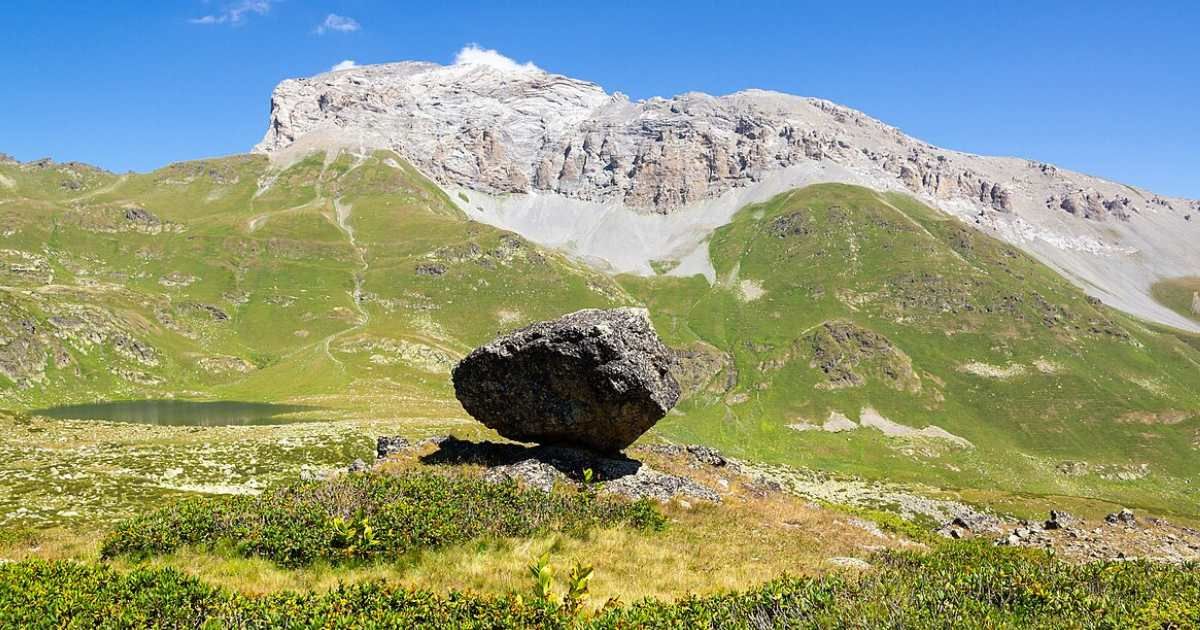Researchers Stunned to Find ‘Human Trash’ Rock, Accelerating Rock Formation From Millions of Years to Just 35

Industrial pollution has forever changed the world in many ways. Unprecedented changes, such as depleting air quality, low soil fertility, are some of the direct effects. Another shocking change related to rocks has been noted by experts, according to IFL Science. The change has been explained in detail within the journal Geology.

Researchers have found evidence of what they believe to be a 'rapid anthropoclastic rock cycle' at Derwent Howe in West Cumbria. This cycle, similar to other rock cycles, involves processes resulting in the creation of rocks. However, because of the materials involved in the cycle, the rock formation in this case is completed in around 35 years, when it typically takes over thousands of years. The constituents in this particular cycle are human trash.
Derwent Howe was a major iron- and steel-making area in the 19th and 20th centuries. During their examination, researchers found 27 million cubic meters (953 million cubic feet) of slag in the region. The slag is the by-product of processes in steel and iron manufacturing. Over the years, the by-product has become trash and is eroded by incoming tides. The team took samples from 13 sites. In the samples, researchers found plenty of anthropogenic material, aka human-made items.

Experts specifically found an aluminium drinks can tab, which was made after 1989, and a 1934 human coin featuring George V embedded in a rock sample, according to the BBC. Dr Amanda Owen, one of the study's authors, claimed that these human-made items had not only become part of the natural processes but also exhibited lithification, implying that they had become rocks. "It challenges our understanding of how a rock is formed, and suggests that the waste material we’ve produced in creating the modern world is going to have an irreversible impact on our future," she added.
The features of such human trash have the capability to accelerate the rock-making process, and bring it down to mere decades from centuries. The finding essentially demands that new insights should be incorporated into present assertions.
The team conducted these examinations after noticing irregular formations in the area. Laboratory tests revealed the presence of calcium, iron, magnesium, and manganese in the slag. These elements are very reactive, and when exposed to seawater and air, create natural cements such as calcite, goethite, and brucite. Such cements also get formed in natural cycles, but the chemical reaction that occurs in this cycle expedites the formation. The team shared that the cycle was also noted in northern Spain, but for more details, further examination is needed.

The timeframe of 35 years was determined with the aluminium can tab, whose design indicated that it couldn't have been created before 1989. Experts warned against such rapid processes, stating that it could severely impact ecosystems present both above and below the water. It could also alter how coastlines react to rising water levels. Moreover, the change is not accounted for in erosion models concerned with land management, an important tool for humans to deal with future climate changes.